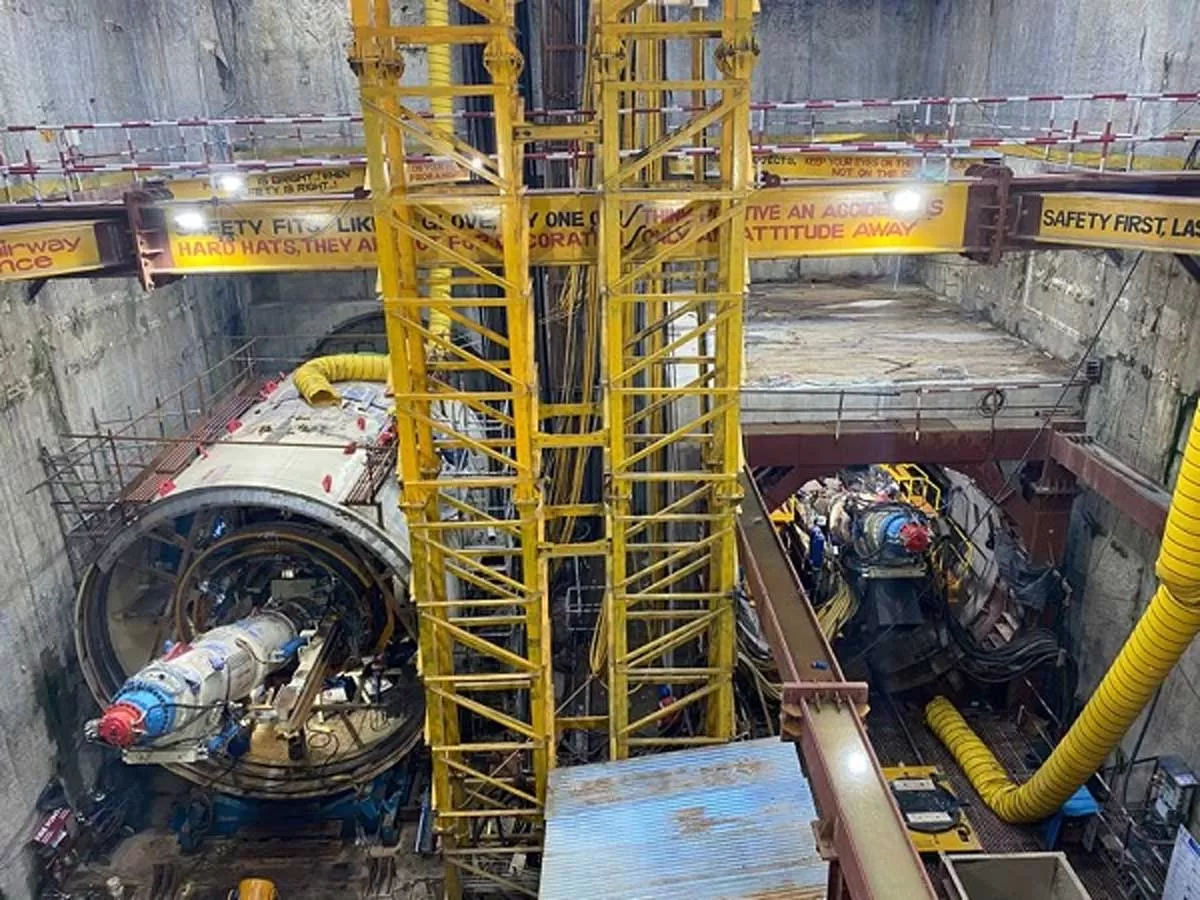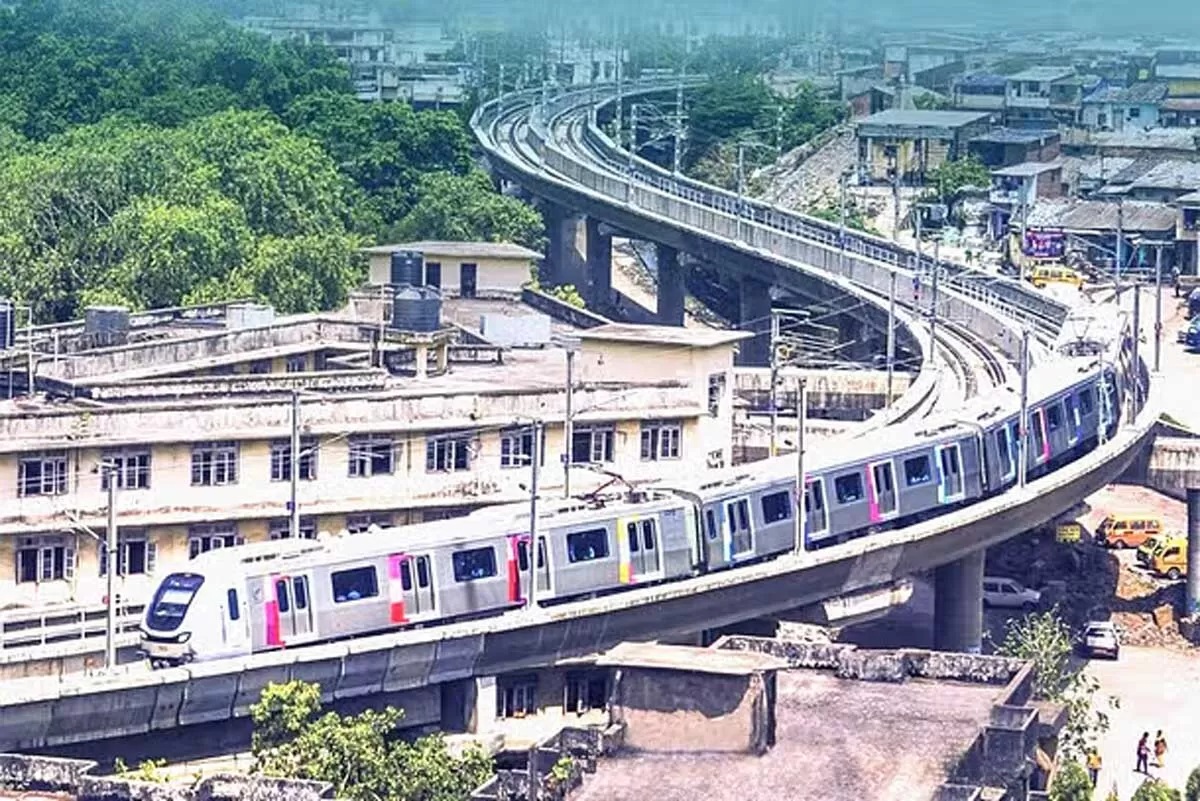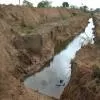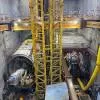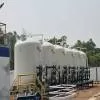Since the last week of March this year, it has been anything but business as usual. The situation created by COVID-19 has thrown several businesses completely off-gear with no near-term sign of recovery. The need for social distancing, in particular, posed a challenge very few were prepared for. One of the hardest-hit areas has been the healthcare ecosystem that was expected to test millions and treat those infected while trying to contain the wider spread of the virus.In the midst of all the confusion and anxiety created by the pandemic, the construction sector stepped in and quietly went about creating a parallel healthcare infrastructure that has managed to provide a safer environment for the masses. This was made possible by a handful of relatively new technologies, including prefabricated construction that enabled building components offsite, after which assembly and installation take place at the construction site. Constructing fully operational medical facilities would not have been possible if not for prefabricated construction. Prefabricated building components include structural frames, wall panels, doors, windows, floor systems, and electrical and plumbing fitments. For example, when Kasaragod district in Kerala emerged as a hotspot with confirmed cases rising to 169 by mid-April (the highest in the country at that time), Tata Trusts along with the Tata Group stepped in to enhance the healthcare infrastructure in the district by setting up a 550-bed isolation facility spanning 80,000 sq ft in a record time of three months, entirely using Tata Steel Nest-In’s steel-based construction solutions. Nest-In, Tata Steel’s constructions solution brand, in consultation with Tata Projects, Tata Consulting Engineers and Tata Main Hospital Jamshedpur, adapted its portable steel cabin offering to develop quarantine and isolation wards as a new offering and delivered 128 cabins as a clustered facility in record time to the Kasaragod facility. These quarantine and isolation cabins are also now available as single units for smaller requirements.Further, Nest-In has recently launched an innovative COVID-19 Swab Collection Unit for a hassle-free and safe sample collection process. The unit ensures the contactless exchange of test tubes and is equipped with a two-way mic-and-speaker system as well as an in-built disinfectant spray. The unit has been designed to protect healthcare workers from the risk of infection.The timely delivery of such critical construction solutions for the country’s healthcare ecosystem was made possible by Tata Steel’s long-term investment in new technologies, not just in steel but in its varied applications across several other sectors, including automotive, transportation, packaging, etc.Nest-In is leading the prefabricated construction space in India today, striving to provide complete turnkey solutions with a unique customer experience at its core. Offering a wide range of prefabricated solutions for industrial infrastructure, housing, sanitation, safe drinking water, portable cabins and lifestyle solutions, Nest-In today serves over 26 states in India. From constructing employee canteens to a medical college campus, a G+1 hostel to premium rooftop housing solutions for retail customers, building lighter stable structures for disaster-prone areas to revolutionising the Swachh Bharat Abhiyan through its range of modular toilets, Nest-In is carving a niche for itself in the market.Nest-In’s modular nature of offsite construction dramatically expedites the construction process. In many instances, prefabricated construction takes less than half the time compared to traditional construction. Shorter construction helps take on multiple projects at once and allows customers to make use of their buildings months in advance.Offsite construction is also much safer. As components are manufactured in a factory-controlled environment, it helps lower the risk of quality problems associated with accuracy, moisture and dirt. Further, an indoor construction set-up also ensures fewer accident risks owing to strict processes and safety guidelines. At the construction site as well, monitoring and ensuring safety is much easier. As the bulk of the work takes place in a factory, there are fewer people required onsite. This has become especially important in the post-COVID era, where social distancing has become a norm.In addition to high speed and safety, contemporary modular structures also generate less waste as the bulk of the construction takes place offsite. They are built to higher energy-efficiency standards, making use of the latest green technology and architecture, such as solar panels, rainwater systems and recycled materials. In fact, HabiNest, Tata Steel Nest-In’s Light Gauge Steel Frame (LGSF) construction solution, can be infinitely recycled without loss of quality according to the World Steel Association. A recent internal study conducted by Tata Steel showed that the steel intensive HabiNest structure has environmental savings in the range of 48 per cent to 61 per cent compared to a conventional structure when analysed over a range of lifecycle impact categories.Tata Steel’s subsidiary NatSteel Singapore, which processes and recycles ferrous scrap materials and has one of the world‘s most energy-efficient electric arc furnaces, also produces high-quality steel products used in the construction industry. Similarly, Tata Steel in Europe has invested significantly in the development of lifecycle assessment models for many sectors including the construction industry, thus allowing it to advise customers at the design stage of their products made from steel to help minimise energy usage.With the growing popularity of new technologies like prefabricated construction, customers are able to enjoy high-quality, faster and eco-friendly construction methods. In 2016, prefabricated structures were included in the PWD Schedule of Rates, with many private and government projects today specifically mentioning LGSF and other prefab structures as recommended construction methods. With heightened restrictions in place owing to COVID-19, prefabricated steel construction has become even more relevant. The health and economic challenges created by COVID-19 have also been instrumental in raising the awareness of new technologies in the construction industry and their adoption is expected to rise in the future. With a multitude of other technologies making their way into the market, the construction industry is poised for a complete revolution to become a more robust and exciting space.About the author: P Anand is Chief, Services & Solutions, Tata Steel. He joined Tata Steel in 1993 as a management trainee, going on to become head of marketing of various B2C and B2B brands in the company and then taking over as chief of marketing of Branded Products, Retail & Solutions for three years. In his current role, he has been responsible for the incubation and commercialisation of Tata Steel’s Services & Solutions division, which has won several accolades. A regular speaker at top universities and business associations across the country, he has also won India’s best CMO Award from iBrands 360.


